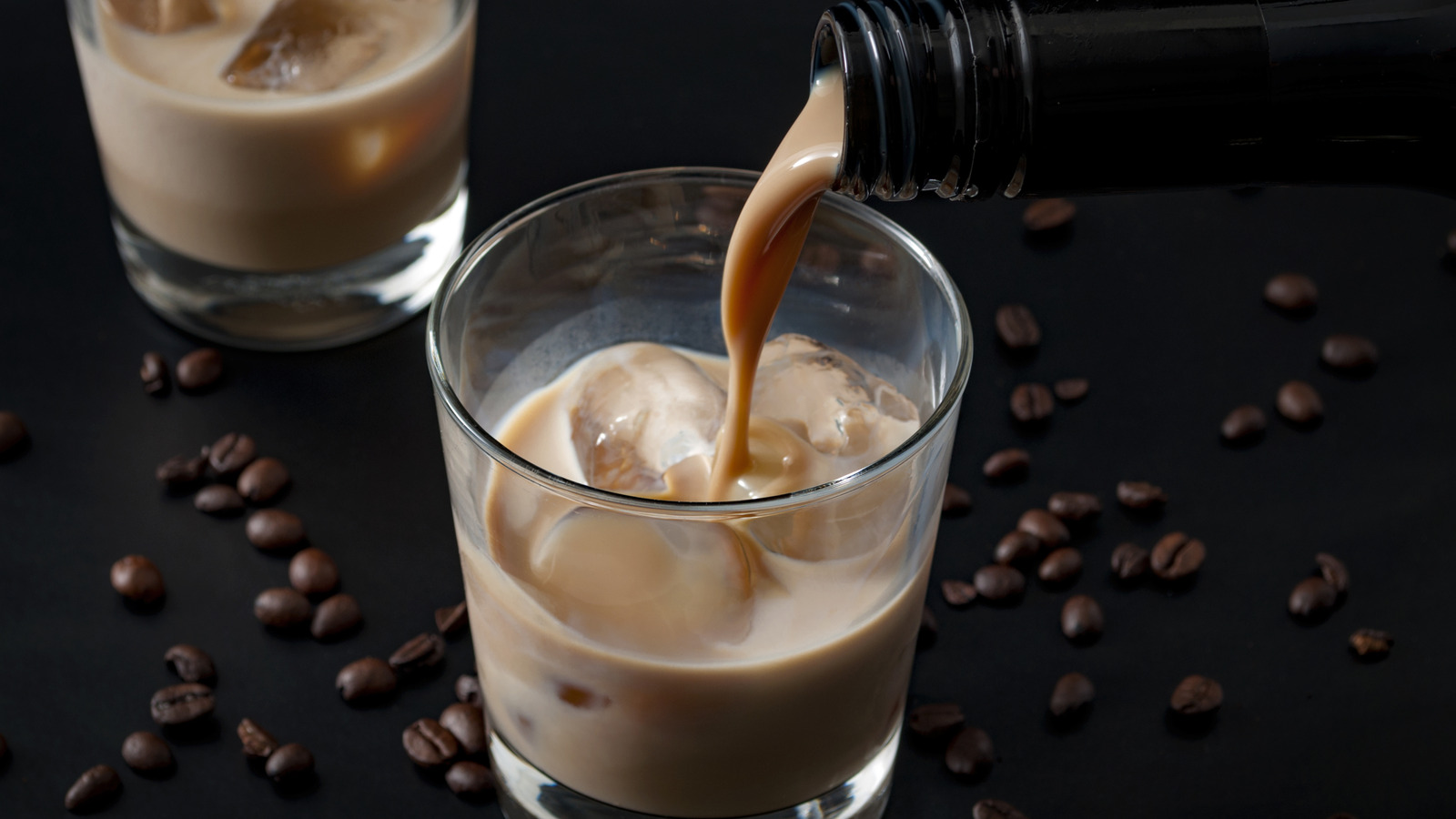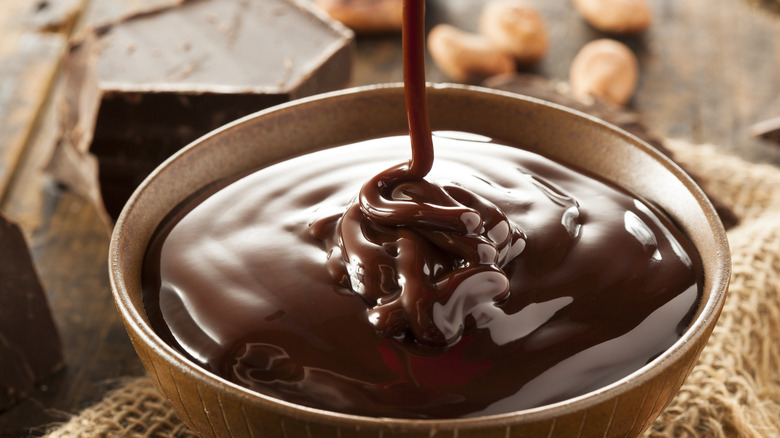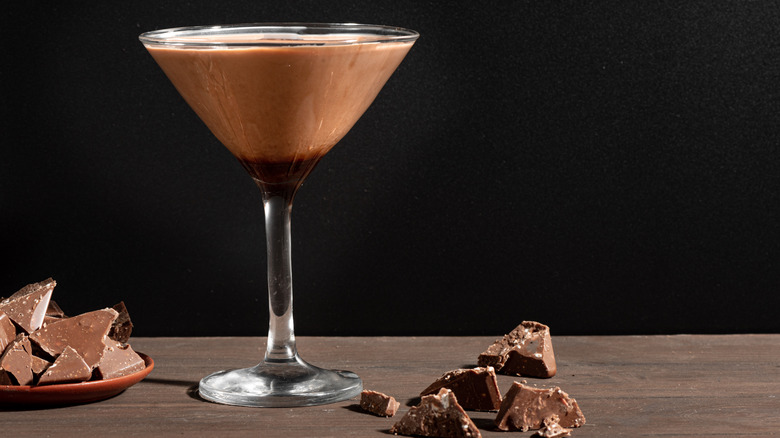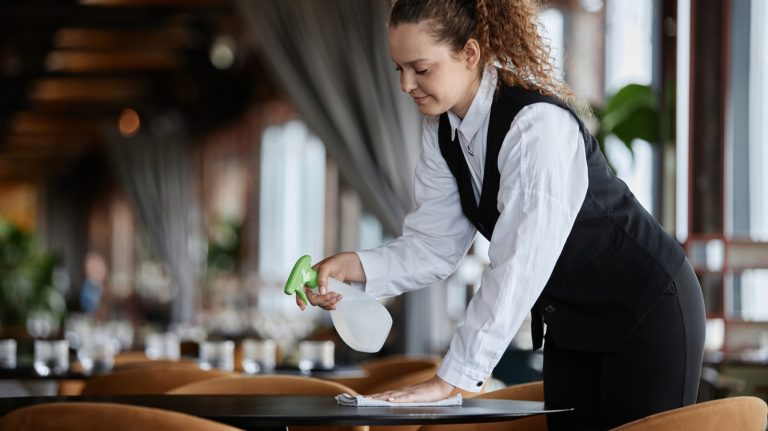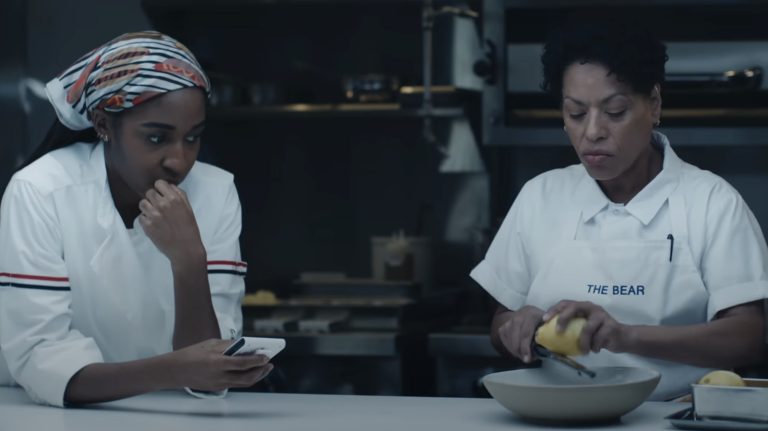The ooey-gooey delights of chocolate are well known; it’s a sweet that most can get behind. Yet the magic behind the foodstuff is really all in the cacao plant. Before it becomes chocolate, it all starts with the cocoa fruit, which contains beans full of the magical, richly flavored seeds, which in turn become a variety of products including chocolate.
In fact, the versatility of this raw cocoa fruit is so broad, it’s easy to get it mixed up. Take chocolate liquor and chocolate liqueur. They may both sound like a sweet and boozy good time, but they’re vastly distinct cocoa products. The former, chocolate liquor, is a part of the chocolate creation process; a dense, fatty liquid made of pulverized cocoa nibs. In an interim cocoa step, the liquor can be either mixed into further components to make bars, or broken down to craft cocoa butter, cocoa, and other items.
It’s sweet stuff, but a far more utilitarian product as opposed to chocolate liqueur. This similarly named product is what will get you tipsy. Made with cocoa nibs, beans, or fully made chocolate combined with booze and sugar, it’s a bottled and ready-to-enjoy drink that packs a delicious cocoa flavor. With a rich — yet more liquidy — consistency, cocoa liqueur is what you’ll pour into a glass after dinner, or make into a delicious cocktail at home. Both are useful in their own right, but you certainly wouldn’t want to confuse the two.
Chocolate liquor is a processed cocoa product
Although the product’s name suggests otherwise, chocolate liquor is instead a non-alcoholic thick liquid used to make chocolate bars. Its creation starts from the harvesting of cocoa pods, which contain beans that are fermented and dried. Subsequently, the hard shell of the cocoa is then mechanically removed, turning the foodstuff into nibs. These richly flavored morsels then go through a concentrated milling process. Extra-fine mills combined with heat and pressure turn the dense, solid nibs into rich, velvety chocolate liquor.
The liquefaction process creates a uniquely textured suspension. The fat contained inside the nib seeps out, enveloping the small cocoa nibs, and thereby forming the unique texture. The cocoa butter can be extracted for further uses, like forming white chocolate (which is real chocolate). More frequently, the liquor goes into creating a range of chocolate products with cocoa bits intact.
Chocolate liquor is a quintessential aspect of chocolate making. It’s the vessel that translates the complex cocoa flavors of varying origins into a malleable, enjoyable product, perfect for melting and molding. Unlike chocolate liqueur, you won’t find the thick, dense liquid bottled standalone. Instead, it’s hardened and mixed into a more familiar form: A chocolate bar. In fact, the amount added dictates the cocoa percentage of the chocolate bar. When hardened in its pure form, it makes baker’s chocolate, composed of 100% cocoa. Although more frequently, it’s mixed with cocoa butter and sugar to make dark and milk chocolate.
Infusing a spirit with sugar and cocoa creates chocolate liqueur
Take a sip of chocolate liqueur, and it’s hard to mistake it for another cocoa product; there’s a boozy bite to it. This product comprises a spirit — typically a neutral grain but potentially whiskey — flavored with cocoa and sugar. Most often, liqueur is made with cocoa nibs — the pulverized bits used for chocolate liquor — although you’ll also find bottles that either distill whole cocoa beans, or simply blend a spirit with finished chocolate.
In its simplest form, the liqueur involves soaking the cocoa in the spirit for a prolonged time, before introducing a syrup and straining. Additional flavorings like vanilla and even spicy chilies can be further added, too. Throw in varying amounts of sugar, as well as different cocoa profiles, and this creates a range of flavors. You’ll find the liqueur in substyles like sweeter crème de cacao, chocolate cream liqueur, and even white chocolate liqueur, evincing a much more varied creation process. As with other liqueurs, the strength often caps at around 30% ABV.
Chocolate liqueur is much sweeter, and less cocoa-forward than liquor. The sugar content lends it a pleasantly rich flavor and cuts into the bitterness — although in many brands, there’s still a pleasant cocoa bite. Texturally, the liqueur often takes on a velvety, creamy mouthfeel, which makes it appealing when sipped straight or over ice. You’ll also find it mixed into a range of chocolate cocktails as well as boozy-tinged desserts that are sure to satisfy your sweet tooth.

